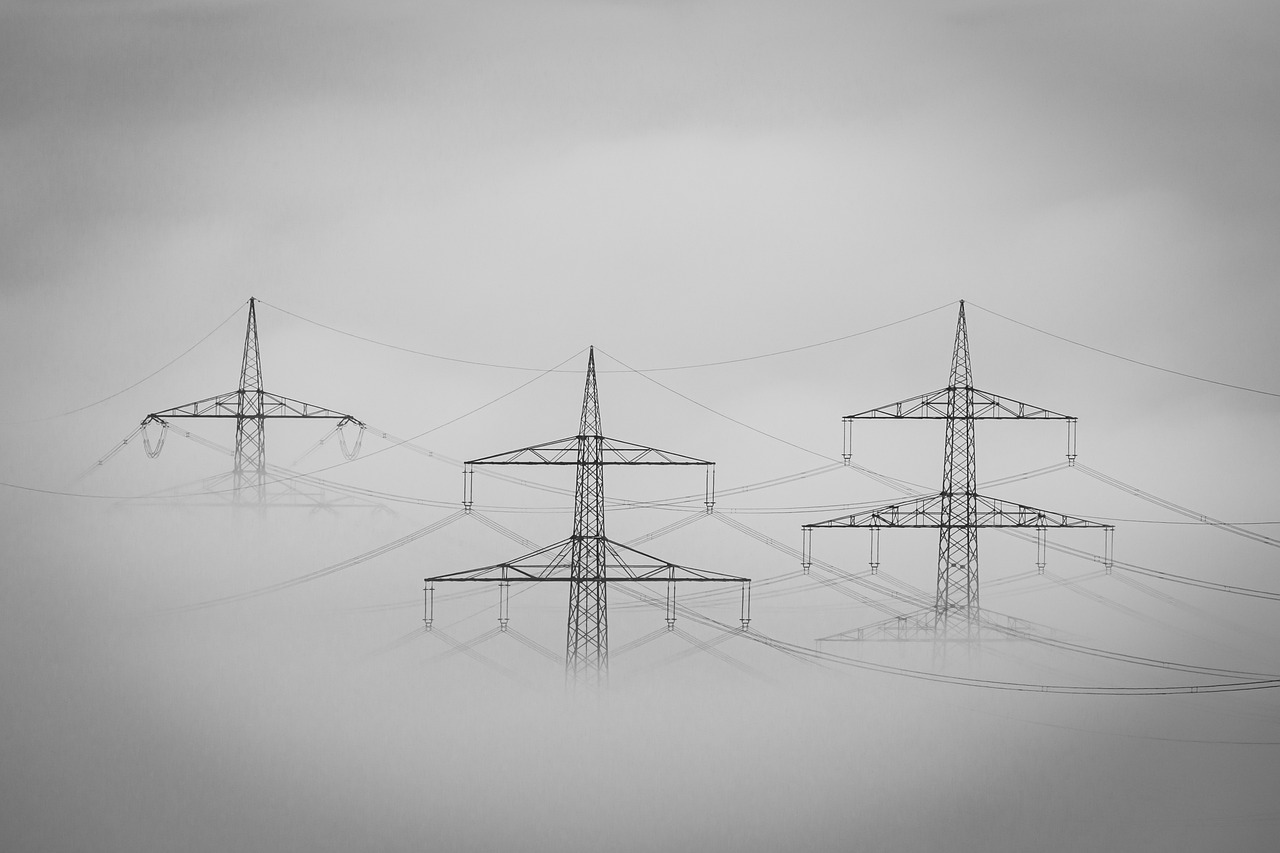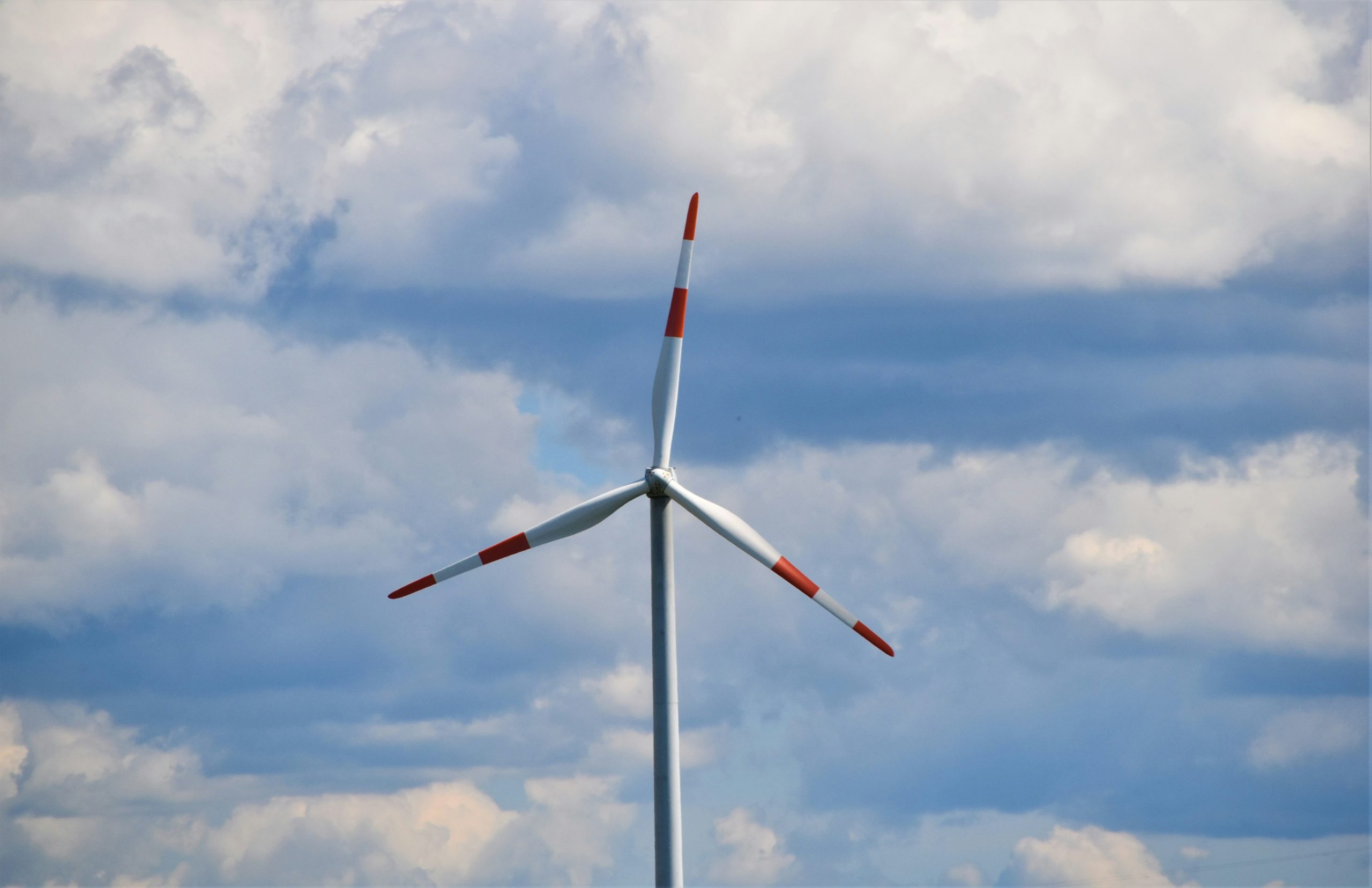A Polish power grid operator (PSE) has presented a plan for the development of the transmission system until 2032. Offshore wind energy is one of the key areas of system transformation. It is followed by investments in infrastructure for power output from the Baltic Sea and its transmission to southern Poland.
“Development Plan for Meeting Current and Future Electricity Demand” for 2023-2032 has been agreed with the ERO president. The document indicates that the main investments planned by PSE are aimed at supporting, among others, the government’s plan to build offshore wind farms in the Baltic Sea.
As pointed out by the CEO and President of PSE, Eryk Klossowski: “The plan brings the first major technological revolution in line with patterns from highly developed power systems with a large share of RES in the generation mix – it is the construction of an HVDC line connecting two clearly defined areas of Poland – north and south. The purpose of this investment is to enable the transmission required by the industry located in the south of Poland of energy generated in onshore and offshore wind sources accumulated in the north”.
The total production potential of the various types of RES indicated by PSE means the possibility of producing more than 100 TWh of renewable energy per year by 2030, which will significantly exceed 50% of Poland’s net electricity demand, estimated in current forecasts, and is much more than the levels assumed in national strategic documents.
Polskie Sieci Elektroenergetyczne (PSE) indicates that to date (as of the end of 2021) 8.389 GW of offshore wind farms have been contracted for connection to the transmission grid. Based on the value specified in the agreement on support of offshore wind power plants, 10.9 GW of offshore wind power is expected to be created in the NPS in the next 10 years, with a generation potential of 40 TWh.
The following capacities of offshore wind power plants in 2032 were assumed: Krzemienica Station (Słupsk Station area) – 4.422 GW, Choczewo Station – 5.039 GW and Słupsk Station – 1.440 GW.
The document includes a detailed list of ongoing and planned investments towards the expansion and modernization of the transmission network in order to derive power from offshore wind farms and transmit electricity in the north-south direction.
The carried out analysis also includes offshore hybrid networks. As PSE points out – the development of cross-border interconnections and offshore wind power preferred under the European energy strategy results in concepts of hybrid solutions, combining the functionality of power derivation from offshore wind farms and offshore cross-border interconnections. These are highly capital-intensive investments, resulting in difficulties in achieving the required economic efficiency indicators. However, it is possible to reduce expenditures with the likely development of DC switchgear and protection technology, which will allow the construction of “DC nodes” and reduce the number of converters needed. It can be assumed that hybrid interconnections can achieve the required economic efficiency in the case of significant distances between the location of an offshore wind farm and an onshore substation or the high profitability of the interconnection per se. Subsequent editions of the transmission development plan will include further analytical work on the design and assessment of the viability of hybrid interconnections carried out with the participation of PSE.
Transmission System Development Plan 2023-2032: https://www.pse.pl/documents/20182/291785a3-7832-4cb6-a5ae-971d29024b82
Source: Polskie Sieci Elektroenergetyczne
















